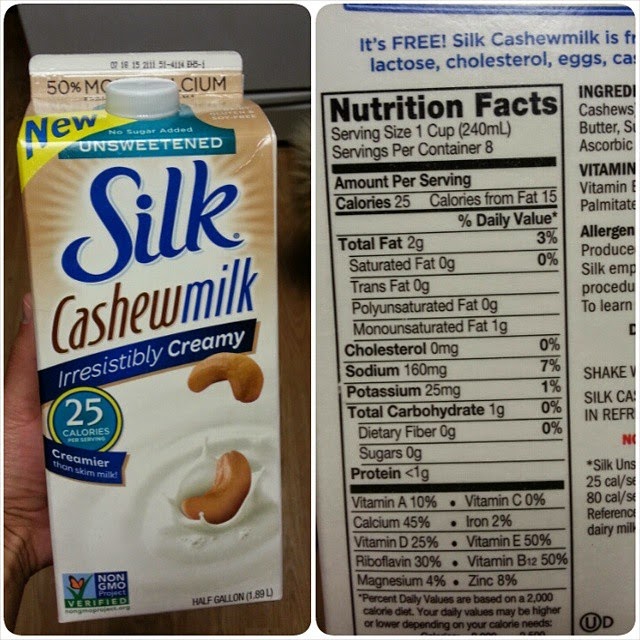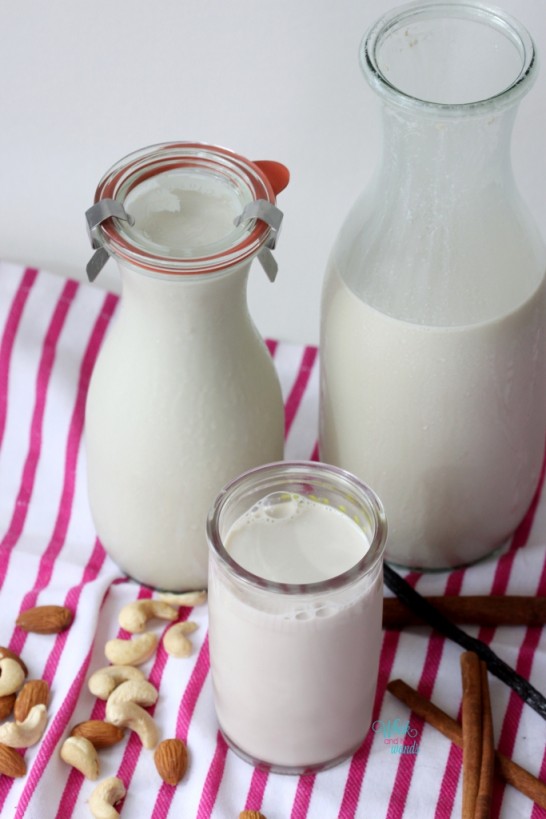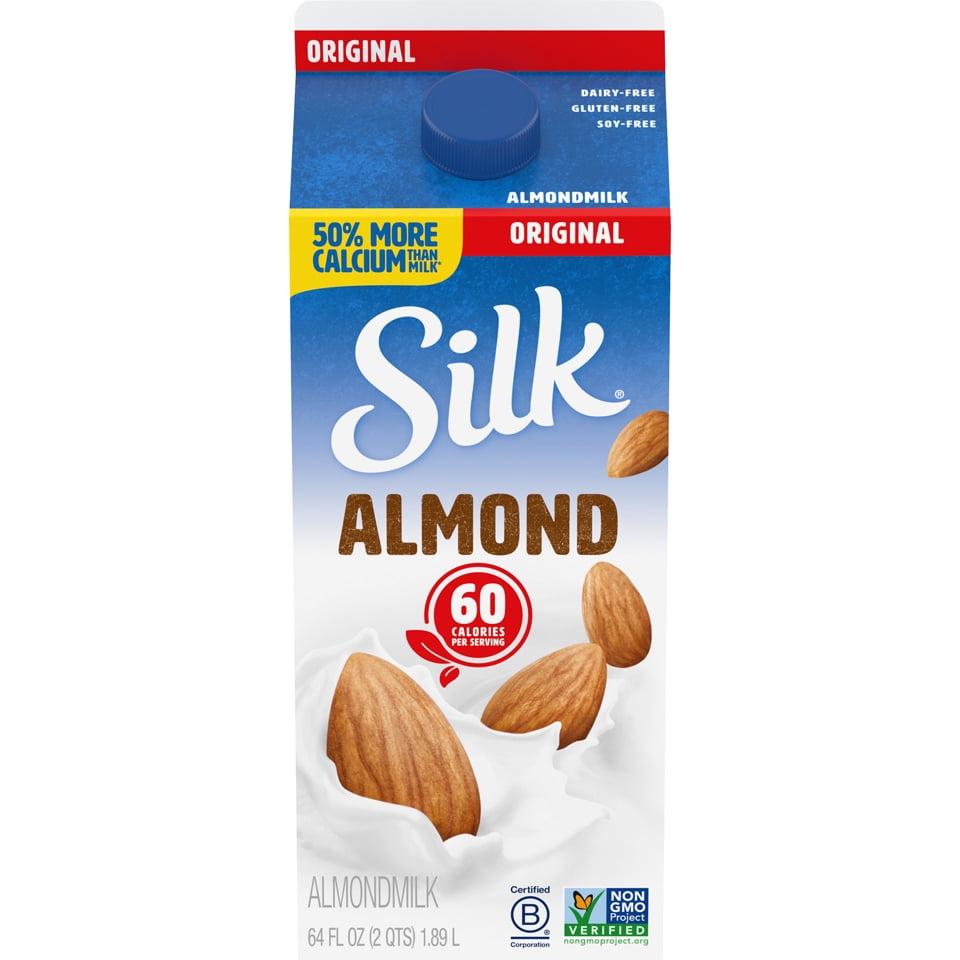

Rice milk contains the most carbohydrates per cup, providing about: That makes it a good choice for people with lactose intolerance or allergies to milk, soy, or nuts. It’s the least likely of all milk products to cause allergies. As with other alternative milks, it frequently contains additives to improve consistency and shelf stability. Rice milk is made from milled rice and water. The total and saturated fat contents of lactose-free milk vary, as it comes in 2 percent, 1 percent, and fat-free varieties. Lactose-free milk is also a good source of protein, calcium, vitamins, and minerals. Lactose-free milk is processed to break down lactose, a natural sugar found in milk products. However, the removal of fat decreases the amount of certain nutrients in the milk, including vitamins E and K. While whole milk has 150 calories in one cup, 1 percent milk has 110 calories, and skim milk has just 80 calories.įat-free milk is significantly lower in calories than whole milk. Other cow’s milk has the same amount of carbohydrates and protein, with some or all of the fat removed. Milk sold in the United States is usually fortified with vitamin A and vitamin D, as well. As you can see, whole milk is high in natural proteins, fat, and calcium. None of the milk’s natural components are removed. 12 grams of carbohydrates in the form of lactose (milk sugar).Whole milk has the highest fat content of all types of milk. Milk and milk alternatives: Nutrition comparison per 8 fluid ounces

Milk and milk alternatives can double their amount of sugar if they’re sweetened with added sugars. With all varieties, choose the unsweetened versions. Look at the differences in these popular types of milks to determine which best suits your needs. Whole cow’s milk contains more calories and saturated fat than any other milk, aside from goat’s milk.
#Almond cashew protein milk full
However, milks such as whole dairy milk and full fat coconut milk are rich in fat and calories, which should be taken into account if you’re looking for a lower calorie beverage. There are other cow’s milk alternatives like goat milk or oat milk that may be another good choice for some people.Įach type of milk has its advantages and disadvantages, depending on a person’s diet, health, nutritional needs, or personal taste preferences.įor example, some people may be intolerant to dairy milk and may need to choose a plant-based alternative.Īlternatively, those who may need to boost their calorie and nutrient intake may opt for whole milk, which is a concentrated source of protein, fat, and calories. They’re becoming even more available in stores across the United States. Almond, soy, rice, and coconut “milk” are popular plant-based milk alternatives. Now, cow’s milk comes in all sorts of varieties: whole milk, 2 percent, 1 percent, skim (fat-free), and even lactose-free milk.įor people with dietary or allergy concerns, there are also alternatives to cow’s milk. Milk, reduced fat (2%).Not too long ago, the only thing you could expect to drown your cereal in was whole cow’s milk. Safety of drinking almond milk in presence of someone with allergy to nuts.


Plant-based milk alternatives an emerging segment of functional beverages: a review. Vitamin E: Fact sheet for health professionals. National Institutes of Health Office of Dietary Supplements. Glycemic index and diabetes.Īmerican Heart Association. Beverages, almond milk, unsweetened, shelf stable.Īmerican Diabetes Association.


 0 kommentar(er)
0 kommentar(er)
